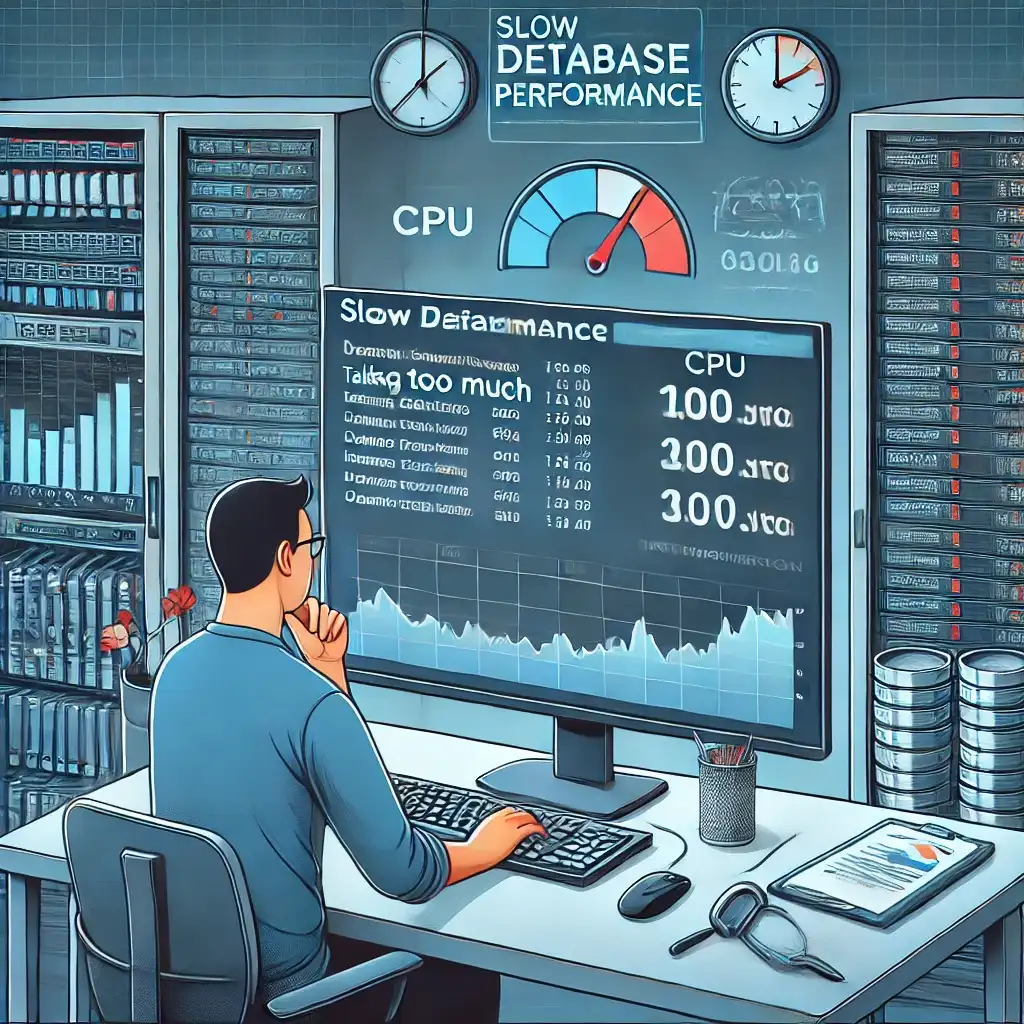
Servers are constantly targeted by malicious attackers. Open ports, security vulnerabilities, and misconfigurations can all invite attacks. Remember, security is not a one-time setup — it's an ongoing process that requires monitoring and improvement.
Common Security Vulnerabilities and Attack Types
1. Brute Force Attacks
- Common in remote access services like SSH, FTP, and RDP.
- Attempts to crack passwords via trial-and-error methods.
2. DDoS (Distributed Denial of Service) Attacks
- Overwhelms server services with traffic to cause downtime.
- Often executed through botnets.
3. SQL Injection
- Malicious SQL queries injected into web forms to access the database.
4. Cross-Site Scripting (XSS)
- Malicious JavaScript is injected into a user’s browser to hijack sessions or deliver harmful content.
5. Zero-Day Vulnerabilities
- Exploits unknown or unpatched security flaws in systems.
6. Backdoors
- Malware or unpatched vulnerabilities that grant attackers long-term access.
7. Weak or Default Passwords
- Unchanged default passwords leave systems exposed.
Preventive Measures for Security Threats
1. Use Strong Authentication and Encryption
- Use key-based authentication instead of passwords for SSH access.
- Enable two-factor authentication (2FA) for added security.
2. Firewall and Access Controls
- Close unnecessary ports using
ufw,iptables, orfirewalld. - Restrict SSH access to specific IPs:
SH
sudo ufw allow from YOUR_IP to any port 22- Use Fail2Ban to block repeated failed login attempts:
SH
sudo apt install fail2ban
sudo systemctl enable fail2ban
3. Protect Against DDoS Attacks
- Use a CDN like Cloudflare to filter malicious traffic.
- Enable
mod_evasiveandmod_securityon your web server. - Monitor traffic with
netstat -antp.
4. Apply Updates and Patch Management
- Regularly update your OS and services:
SH
sudo apt update && sudo apt upgrade -y- Apply security patches to defend against zero-day vulnerabilities.
5. Prevent SQL Injection and XSS
- Use prepared statements in SQL queries.
- Sanitize all user input in web forms.
- Apply Content Security Policy (CSP) headers to block malicious scripts.
6. Monitor Logs and Detect Suspicious Activity
- Review logs like
/var/log/auth.logor/var/log/secure. - Use
ps aux --sort=-%cputo check abnormal processes. - Scan with
chkrootkitorrkhunterto detect malware.
7. Use Automated Backup Solutions
- Back up important files and databases regularly.
- Ensure backups are stored securely.
- Consider using snapshots or RAID to prevent data loss.
Related Articles

SSH Access Issues and Solutions
0 Comments
Comments ()
No comments yet. Be the first to comment!







